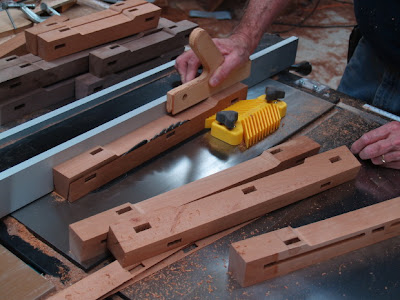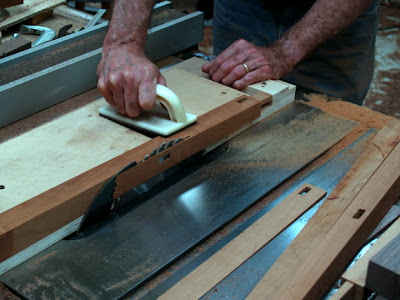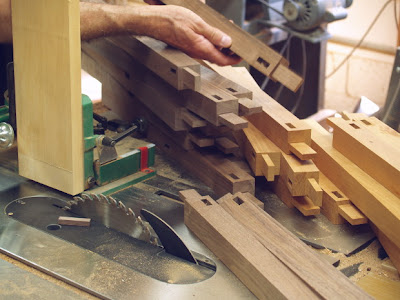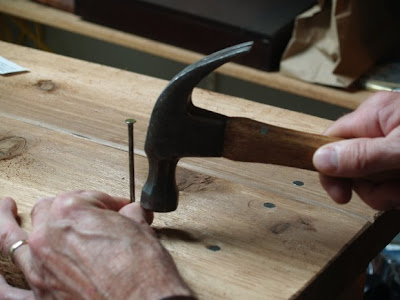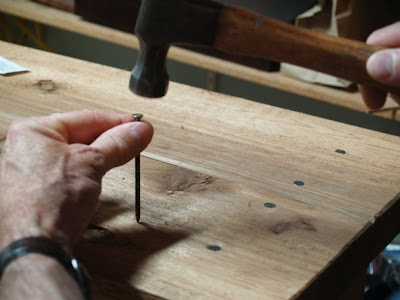When Arkansas architect, E. Fay Jones was interviewing contractors for building the world renown
Thorncrown Chapel, here in Eureka Springs, one of the questions he asked was, "What kind of nail gun do you use?" Of course, every contractor will tell you that Senco is the best, most reliable, and that their efficiency is based on it. But Jones hired the contractor who said, "I use a hammer." Is there an important lesson we can draw from that?
Another good interview question is, "Do you fix your own car?" The answer has very little to do with auto mechanics, but it does tell about confidence, problem solving, and intellectual curiosity. Can you imagine hiring someone whose knowledge of the world extends only to what they have seen on-line or on television, or consists only of what they learned in the classroom? Of course not. The curiosity and confidence that it takes to fix one's own car is an expression of engagement in things far beyond popular culture and a willingness to commit to real problem solving.
I am trying to do a bit of writing that will help American corporations understand why they need to support craft education. There are obvious mental health benefits from being engaged in creative "diversions," but I have been told that those mental health effects are not a compelling enough rationale. Corporations and human resource professionals want to know how crafts education will more directly affect corporate success.
Thinking outside the box requires that "outside the box" become a place frequented and well known. Engagement in crafts offers that. When a man or woman dips regularly at the well of creativity, direct problem solving becomes a primary attribute of personality. Creative problem solving requires a wide range of diverse real world experiences. It is actually a no-brainer, the understanding that we artists and craftspeople have in our bones that our concrete engagement in making real things, expands our relationship to the unconscious mind, gaining for us, access to thoughts and creativity denied through a more direct approach.
I am attempting to create a graphic representation to explain this, but in the meantime, readers might be interested in
Seymour Cray, founder and director of Cray Computers, once the maker of the most powerful super computers in the world.
“It seems impossible to exaggerate the effect he had on the industry; many of the things that high performance computers now do routinely were at the farthest edge of credibility when Seymour envisioned them.”— Joel Birnbaum
We make discoveries, understandably, when we are at the edge, when we have taken that first step outside the box. While I can't say whether or not Cray fixed his own car, he was regularly engaged in digging a tunnel from his basement to a nearby forest. Some might have considered such a thing to be an indication of insanity, but for Cray, it was the opportunity to do his most creative work. When the conscious mind is brought to clear focus on unrelated things, the unconscious mind is energized, bringing forth solutions to the challenges with which it had wrestled in vain. It is why they call what happens, "a brain storm," or a"stroke of genius." Providing the means and encouragement of employees to engage in crafts is an important means of professional development, and I hope that by discussing it, we at the Eureka Springs School of the Arts will be able to develop a strategy for engaging area corporations in support for arts and crafts education. It is one important way through which they can invest in their own success.

